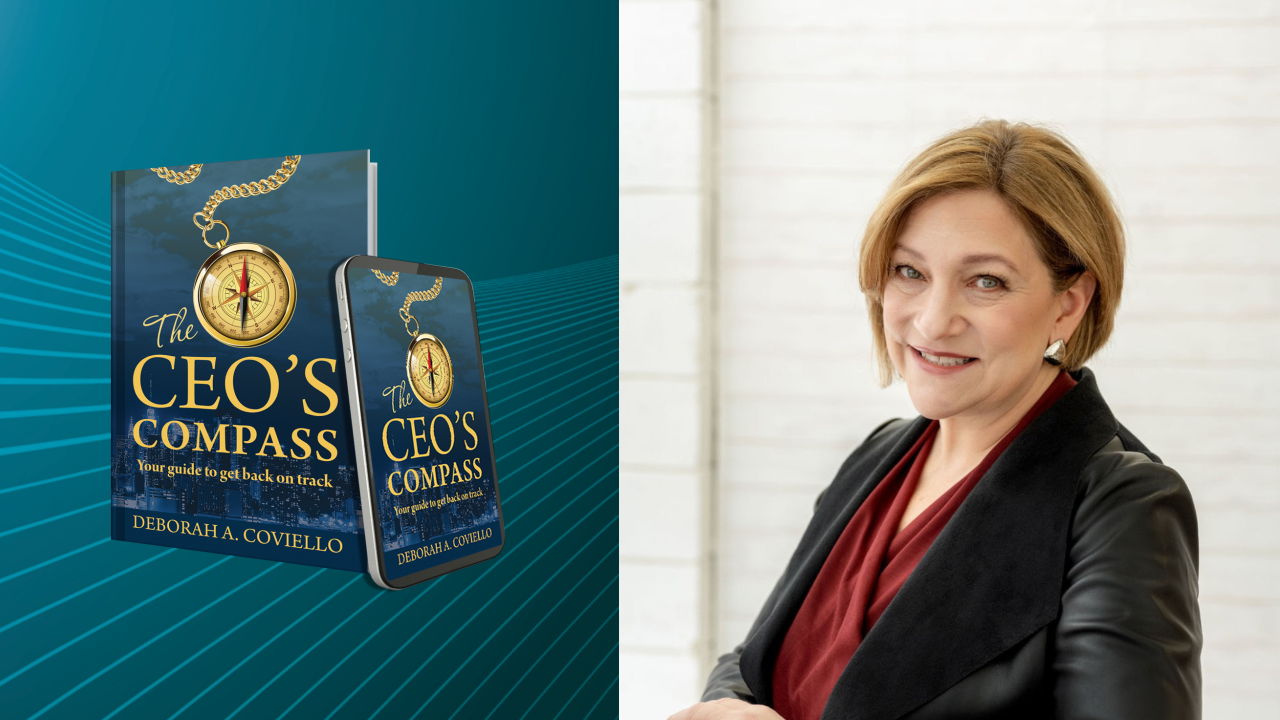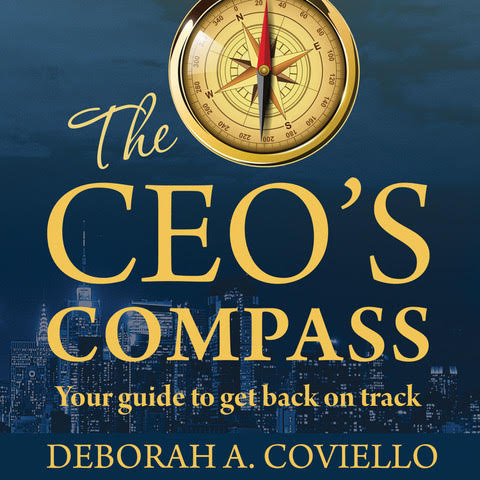A recent client had asked if I could help them with a business issue. When I hung up the phone after being awarded the contract, I knew “what” to do, but I wasn’t sure “how” to do the work. There was a brief moment of uncertainty of needing to “Perform” and guide them with a set of tools, creating a “Platform” that had not been developed yet. That moment of self-doubt could have cost me the contract, but would that have saved me from making a huge mistake?
How often do you fall short of taking on a new role or challenge because of the dreaded question of “how” were you going to do the work?
As children we have no fear. Our parents remember the number of times they’ve taken us or siblings to the emergency room to put us back together only to take on daring challenges the next day. We want to become writers, public servants, teachers, business owners and then at some point in the spectrum of life doubt and narratives coax us into a box. Often that box is a result of self-preservation, our natural instinct of survival kicking in.
I’m no stranger to self doubt. For many years, it held me back. But when I read the book Brave, by Margie Warrell, I soon realized I was the only person holding myself back. When she started to help me frame things in the context of what success would look like if I took more risks vs. the “fear of failure” narrative that holds us back from greater potential.
Do you live from a place of possibilities or a place of fear?
When I arrived on the first day at the client, all eyes were on me to guide them through the process and build trust we were going to meet the challenge. Little did they realize in the background, I was searching for the approach and the tools that would align our collective skills to achieve a successful outcome. I was still very uneasy about “how” this would all work, but I trusted myself that I’d been in this situation before and with time, research and organization, I would provide a platform and framework to achieve the result.
Can self-doubt be helpful in some situations? Instinct is great, but the key to successful decision-making is simply to trust yourself.
Trust in yourself to be resourceful and believe that the process of moving forward will always take you down the right path. In the end, the project was a success, the client became confident in the process and we performed as one team.
All leaders have doubts about who they are and how they can serve. The difference is what they have to overcome:
- Trust in yourself that you have the skills and resourcefulness to find the answers
- Believe in your process of moving forward and despite the unknown, always moving forward to achieve an outcome
- Show Confidence in your presence so the team can align on the process and outcome. Your team senses confidence and in turn, you feed off of their confidence.
- Pause and reflect on what you were able to achieve and use that to remove any narrative of self doubt in what you can accomplish.
If you can no longer remember what event in time caused you to doubt your leadership skills, simply release it. You are amazing and you can do anything you set out to do with Trust, Belief and Confidence. Be well and I wish you amazing success!
The CEO’s Compass shares more insights about Performance & Platform and it can be an additional source of inspiration for you. If you would like to learn more click here to get on the waitlist for the release of The CEO’s Compass – Your Guide to Get Back on Track – coming out soon in 2021.
Resources
Good Reads
Brave by Margie Warrell one of 3 books I read that made the difference between starting my own business and fearing I was not capable. I’m indebted for this piece of work that was part of who I am today.
Good Music
A Little chaos by Angèle Dubeau – this is a light hearted, lively and dynamic piece that reminds me life can be chaotic, but how you approach it can breath beautiful music into your day and be a source of inspiration. I may have shared this one already with you, but it is a song that resonates a lot with myself and my brand.
Good People
Michelle Moore on The Drop in CEO Podcast this week: while we summarize these guests at the end of the month, this release came when I was on vacation and really resonated with me. We work so hard to multitask and believe we are efficient and instead we are actually hurting our productivity and creativity. It was for that reason I have taken on experts who can do the work I’m not best suited for so I can focus my energy on my “zone of genius.” My vacation and listening to Michelle Moore were great reminders of that fact.















